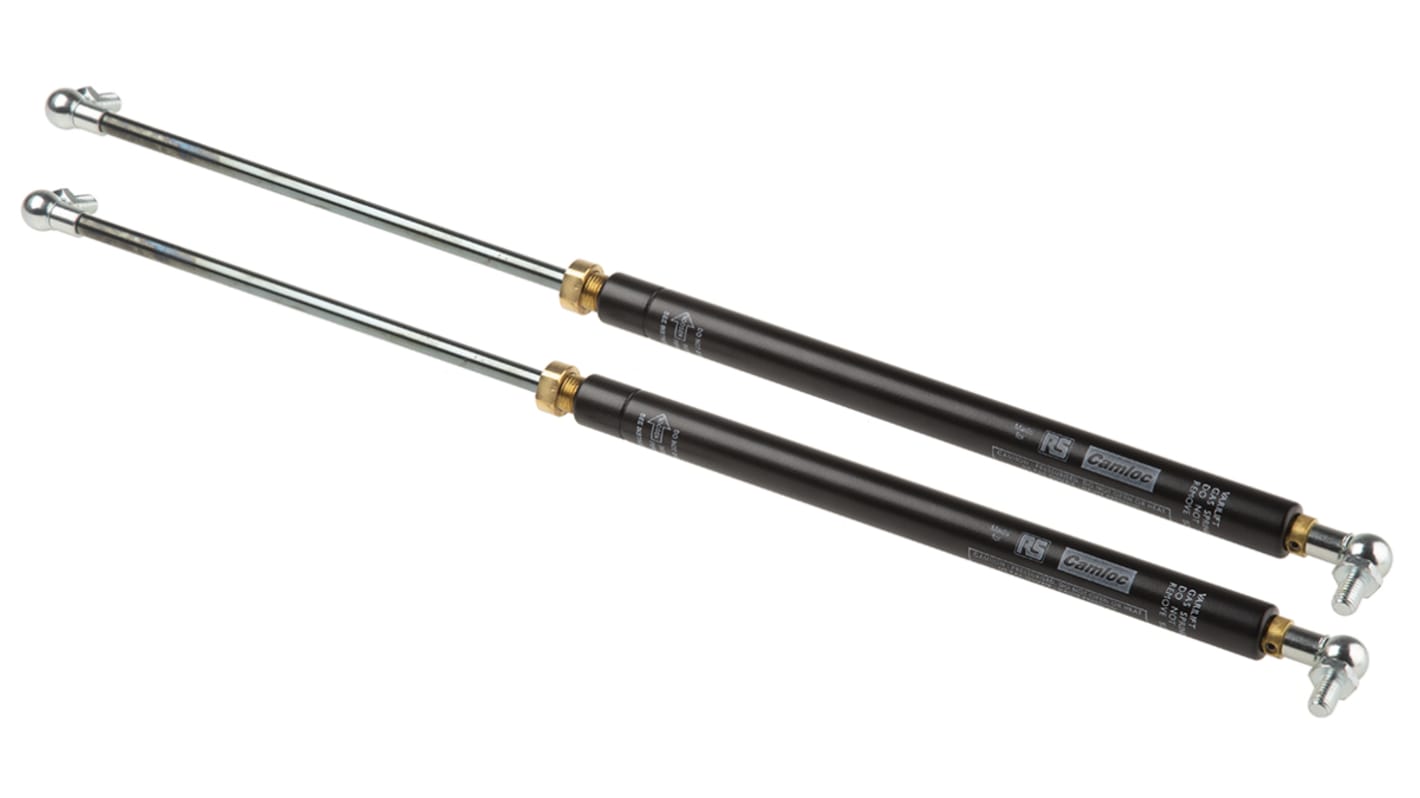Gas struts, also known as gas springs or gas lifts supports, are a critical component in many applications. They are used in wide range of industries, including automotive, aerospace, construction, and furniture. Gas struts are a cost-effective and efficient solution for lifting, holding, and supporting heavy objects. In this article, we will explore what gas struts are, how they work, and the benefits they offer.
What Are Gas Struts?
Gas struts are a type of hydraulic cylinder that uses compressed gas to provide force. They consist of a piston and a cylinder, which are connected by a rod. The piston is sealed inside the cylinder, and the gas is compressed on one side of the piston, creating pressure that pushes the piston outward. This creates a force that can be used to lift, hold, or support a load.
How Do Gas Struts Work?
Gas struts work by compressing gas inside a cylinder to create pressure, which is then used to provide force. The gas inside the cylinder is usually nitrogen, which is compressed to high pressure. The amount of pressure in the cylinder determines the amount of force that the gas strut can provide. Gas struts can be adjusted to provide different amounts of force by changing the amount of gas in the cylinder or by adjusting the size of the cylinder.
Benefits Of Gas Struts
Efficiency
Gas struts are a highly efficient solution for lifting and supporting heavy objects. They require minimal effort to operate and can lift heavy loads with ease. This makes them an ideal choice for applications where efficiency is essential, such as in manufacturing or production facilities.
Safety
Gas struts are designed with safety in mind. They provide a smooth and controlled movement, which reduces the risk of injury to workers and damage to equipment. Gas struts also eliminate the need for manual lifting, which can cause strain and injury.
Cost-Effective
Gas struts are a cost-effective solution for lifting and supporting heavy loads. They require minimal maintenance and can last for years without needing to be replaced. This makes them an ideal choice for applications where cost-effectiveness is essential.
Versatility
Gas struts are highly versatile and can be used in a wide range of applications. They can be adjusted to provide different amounts of force, making them suitable for lifting and supporting loads of various sizes and weights. Gas struts are also available in a range of sizes and configurations, making them easy to integrate into different applications.
Easy To Install
Gas struts are easy to install and require minimal tools and equipment. They can be installed in matter of minutes, which reduces downtime and increases productivity. This makes them an ideal choice for applications where quick and easy installation is essential.
Choosing The Right Gas Struts
When choosing gas struts, it is important to consider the specific requirements of the application. The following factors should be taken into the account:
Load Capacity
The load capacity of the gas strut should be sufficient to handle the weight of the load it will be supporting. The load capacity should be calculated based on the weight of the load, the distance it needs to be lifted, and any other factors that may affect the force required.
Stroke Length
The stroke length of the gas strut should be appropriate for the application. The stroke length is the distance that the gas strut can travel from fully extended to compressed. It should be long enough to provide the required movement but not so long that it causes the gas strut to bottom out.
Mounting Orientation
The mounting orientation of the gas strut should be appropriate for the application. Gas struts can be mounted in various orientations, including horizontal, vertical, and angled. The mounting orientation should be selected based on the specific requirements of the application.
End Fittings
The end fittings of the gas strut should be appropriate for the application. End fittings are used to attach the gas strut to the load and the frame. There are various types of end fittings available, including ball sockets, eyelets, and clevises.

